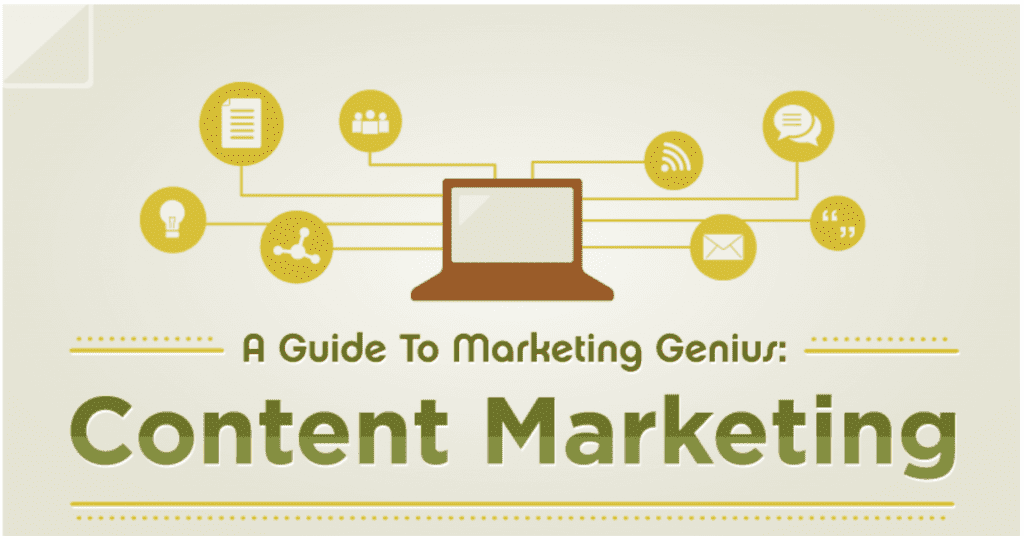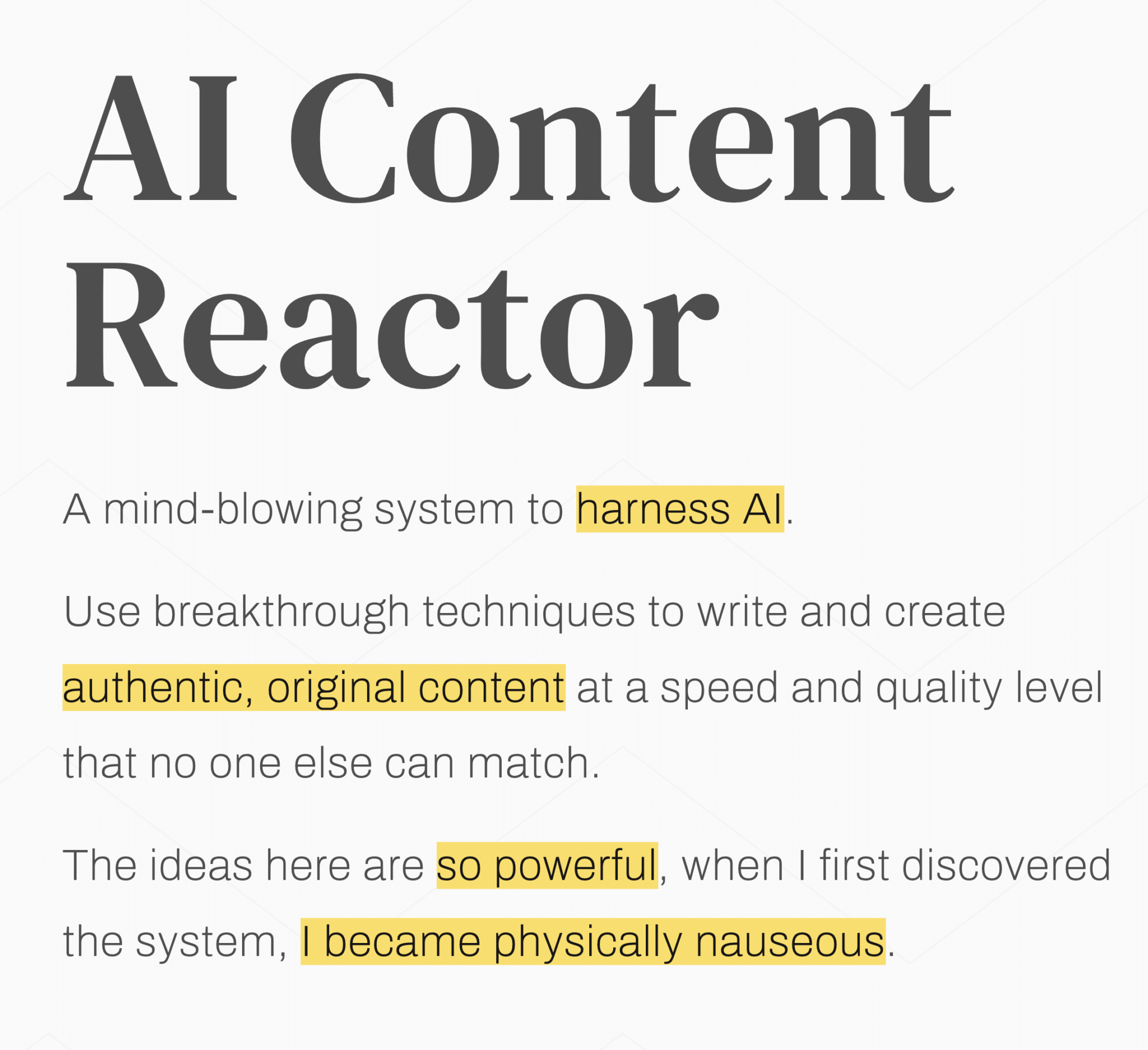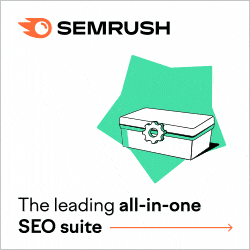Creating an effective content strategy for local businesses can be a powerful way to grow visibility and reach. It requires strategic planning, research, and implementation of both traditional and digital marketing techniques. Content strategies help businesses speak to the right audiences, in the right places, at the right times in order to maximize the value of their marketing efforts. With this strategy in place, businesses are more likely to reach more potential customers and build deeper relationships with current customers.
Creating a Content Strategy
When creating a content strategy plan for local businesses, there are several factors that need to be considered. First, it’s important to understand your target audience. By understanding who they are – their interests, demographics, and where they spend their time – you can better tailor your message and make sure it resonates with them. Second, decide which types of content will be best-suited for your target audience; some formats may perform better than others depending on who you’re targeting or the type of message you’re trying to convey.
What Can You Use As A Content Strategy
You may want to use videos or other visuals if you’re targeting millennials or younger generations who are more likely to engage with visual content. Third, consider what types of distribution channels will work best for your business; is using social media platforms enough? Do you have access to email lists? I’m not a huge fan of email lists as creating a strong content strategy, but sometimes it works. What are other channels that might work well for reaching your target market?
Set goals and track performance metrics (such as engagement rates) in order to ensure that your content is having the desired impact on audiences over time. A regularly updated content plan can help local businesses stay top-of-mind with their current customers while also helping them attract new customers from different audience segments.
Between Pay Per Click (PPC) and email outreach, there are several ways to market your business and reach new audience segments. However, only a few are effective for achieving organic, sustainable growth over the long-term, and they only require a little time – and very little investment – on your part.
Today, we’re talking about creating a content strategy that will propel your visibility and reach to new levels while providing added value to your customers.
What is Content Marketing?
In a nutshell, content marketing is the art of creating content that connects with prospects and compels them to act. As part of your overall local SEO strategy, content is the factor that ties it all together.
Content creation is a critical component for every customer touch point, it drives engagement, and it provides customers with the information they need to make decisions about their lives and the products or services they choose.
In order for content to be effective, it must be:
- Original
- Accurate
- Strong
- Engaging or thought-provoking
- Timely
- Consistent
- Concise
- Actionable
Content planning takes all of these elements into consideration while laying out a step-buy-step strategy for creating, publishing, and promoting content that’s relevant to your product or industry and provides value to your customers. More than 90 percent of online marketing is content, and it generates up to three times the leads over paid advertising while costing more than 60 percent less. That’s some pretty hefty ROI.

Do you need content to further your business goals and attract/retain customers? If your client base has pain points that need addressing, they’re struggling with an issue, or they have goals that you can help them reach, then you need a content strategy.
The Five-Step Content Plan That Will Change Your Business
With an effective content strategy, your goal is to provide content that augments your product or service and compels readers to investigate further or take the next step. This could be a guest post on a dermatology website that highlights the benefits of your skin care line or a post on your booking site about travel safety.
Your options are limited only to whatever gives readers free information that’s relevant and meaningful while tying your product/service to the content in a positive manner.
The biggest questions asked when it comes to content planning are:
- What should I post?
- Where should I post?
- How often should I post?
Answering these three questions is your first priority during the content planning phase. Follow in these footprints for better odds of success.
Identify Your Audience and Preferred Actions
Identifying the audience and creating buyer personas are tried and true ways that all marketers use to learn about their customers. Once you’ve identified your ideal customer, it’s easier to target content in a way that engages them.
Once you have their attention, make sure that you give them a clear path for what to do with the information you’ve provided. This is most easily done by creating a clear call to action, such as a “Sign up today” followed by a subscription form or placing a “Buy Now” or “Learn More” button at the end of your text.
Research Keywords and Key Phrases
In order to reach your audience you have to construct the content that makes it past the gatekeepers at Google and Bing. That means keyword optimization for top -trending keywords and phrases in your industry or niche as well as related secondary keywords that crop up in searches.
Research shows that long-tail keywords provide more meaningful results for consumers. For example, users looking for a local photographer, dentist, or other service provider will often type in the product or type of business and add the words “near me” to find a local provider. The main keyword for your content should appear in the title and the first paragraph of the content, with secondary keywords included in at least one header and within the body of the text at a saturation of 1 – 2 percent.
Use FAQs to Create Posts
An easy way to decide what to write about is to consider what questions you’re most often asked about your product or service. For example, if customers constantly ask about product care, you could write a post addressing the best way to extend the life of your product. If customers are unsure whether they should buy a new roof, refrigerator, or car, you could write an article entitled “5 Ways You Know It’s Time to Replace X”.
Shine a Light on Your Desirability
Make sure that your content speaks to the unique nature of your location and how your product or service will make the life of a resident or visitor better. For instance, a mold remediation company could highlight the benefits of their services to clients who live in a flood zone or humid environment. Copy shop owners could point out their fast turnaround times or convenient location in relation to the local business district or university.
Show, Don’t Tell
Beef up your content with case studies of past successes using local customers. You could also populate your website with customer testimonials or before and after photos of real projects. Encourage satisfied customers to give you a positive review. Make sure to address any negative reviews or problems promptly and directly.
Once you’ve got all of these factors in place, you need to decide how often you’ll post or send out newsletters. You want to keep customers in the loop without overwhelming them with information.
A good rule of thumb is a weekly or monthly newsletter and one or two relevant posts per week. This schedule can be tailored if you’re releasing a new product, expanding service, or some social factor warrants additional content or commentary.
Give new life to previous posts by linking back to them with relevant text, and include one or two outbound links to posts by industry influencers or leaders.
Final Thoughts
Local businesses are sometimes fighting a two-front war against the competition. They have to establish a viable online presence while standing out from competitors in real-world locations in their community. By creating a multifaceted content plan, they can achieve both without a lot of extra effort or expense.
With these elements in place, businesses can create engaging and valuable content that leads to sustainable growth over time! If you’re all in on local content but don’t know where to begin, an SEO expert will provide you with an actionable strategy that gets results.



































